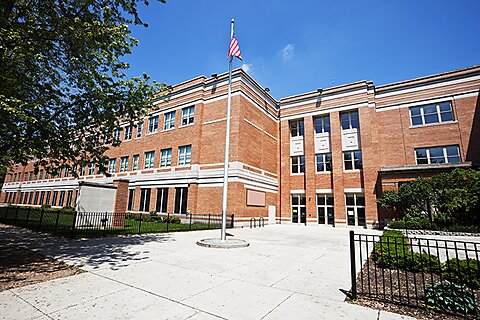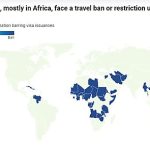
Colleen Hroncich
When millions of children struggle to sit still, focus, and conform to rigid classroom expectations, it’s become an epidemic of ADHD and other disorders. The New York Times is beginning to consider what should have been obvious all along: Maybe the problem isn’t the children.
Others, including my colleague Kerry McDonald, have been raising these concerns for years. As Kerry notes, Boston College psychology Professor Peter Gray has described ADHD as a “failure to adapt to the conditions of standard schooling.” In an informal survey of parents, he found ADHD traits were no longer seen as problems when children left conventional classrooms for homeschooling or self-directed learning. Family therapist Marilyn Wedge wrote an entire book on how American schools transformed normal childhood energy into a diagnosable epidemic.
However, the Times author misses an important point: the structure of our education system, which is essentially a government monopoly, is a big part of the problem. When the system shifts in one direction—such as an extreme focus on standardized test scores or lowering academic expectations to ever-younger ages—millions of children are affected. Families whose children don’t fit the current model are often stuck.
Our place-based school system was established in the 1800s, when travel and communication were significantly limited. It may have made sense at the time. But we no longer face those limitations. And we know that what works for one child often doesn’t work for another. The very features that drive efficiency in bureaucratic systems—standardization, uniform policies, and centralized decision-making—are disadvantages when applied to something as individual as a child’s development and well-being.
In short, one size does not fit all when it comes to education.
Unfortunately, the author is dismissive of what may be the most promising solution: school choice. More than 30 states now have programs that allow some state tax dollars to follow children to private schools and other educational options, which opens new worlds of opportunity for families.
A diverse educational marketplace better fits the reality that different children have different needs. Some children thrive in classical education environments with structured curricula, while others do better in project-based or Montessori settings. Some need smaller class sizes or more outdoor time; others excel in larger, more competitive environments. For many, a blended approach may be best.
When families can choose from various educational models, children who might be labeled as problems in conventional schools often discover they’re simply in the wrong setting. My Friday Feature series on the Cato at Liberty blog provides real-world examples of this, perhaps most explicitly with Plaza Academy in Kansas City, MO, which was founded in 1974 to serve kids who didn’t fare well in public schools.
Ultimately, it’s not necessarily “schools” that are the problem so much as it is our current approach, which prioritizes the system over individual children. In the public school system, bureaucrats and policymakers make the big decisions. School choice flips this dynamic, shifting power to parents, who know their kids best. Rather than forcing every child through the same system and then labeling—and possibly medicating—those who struggle, choice allows families to find learning environments where their children can flourish.





